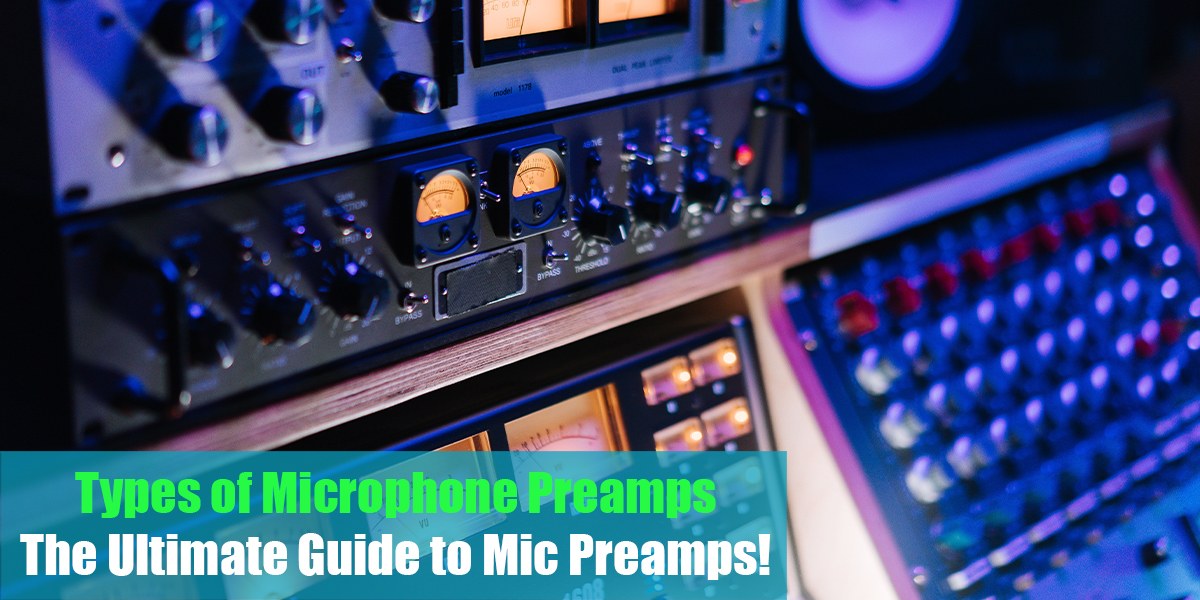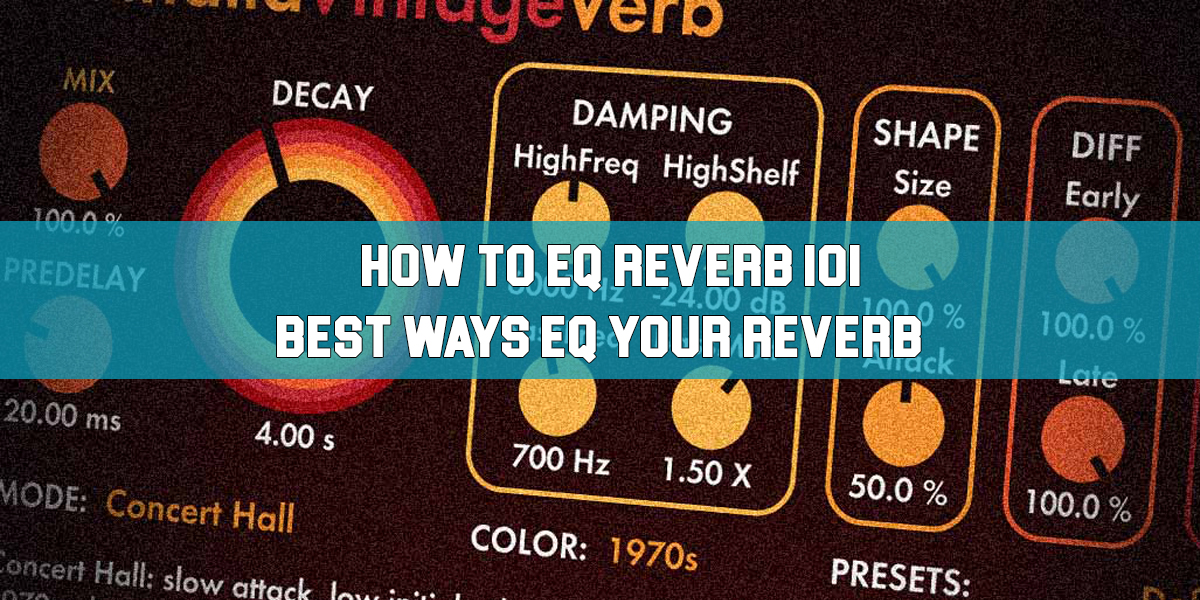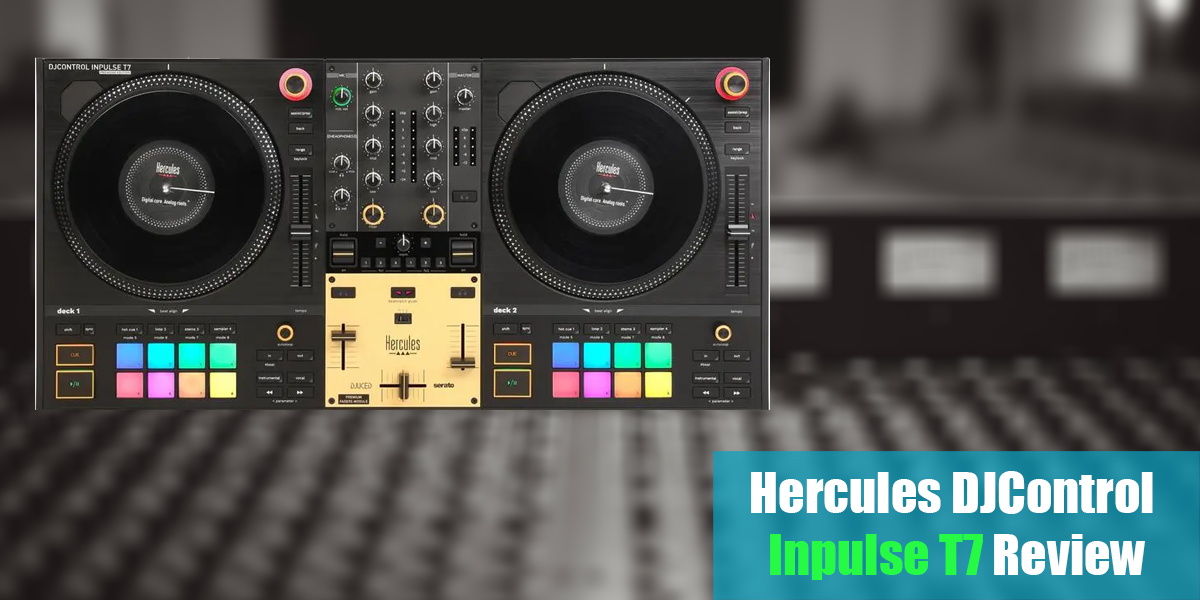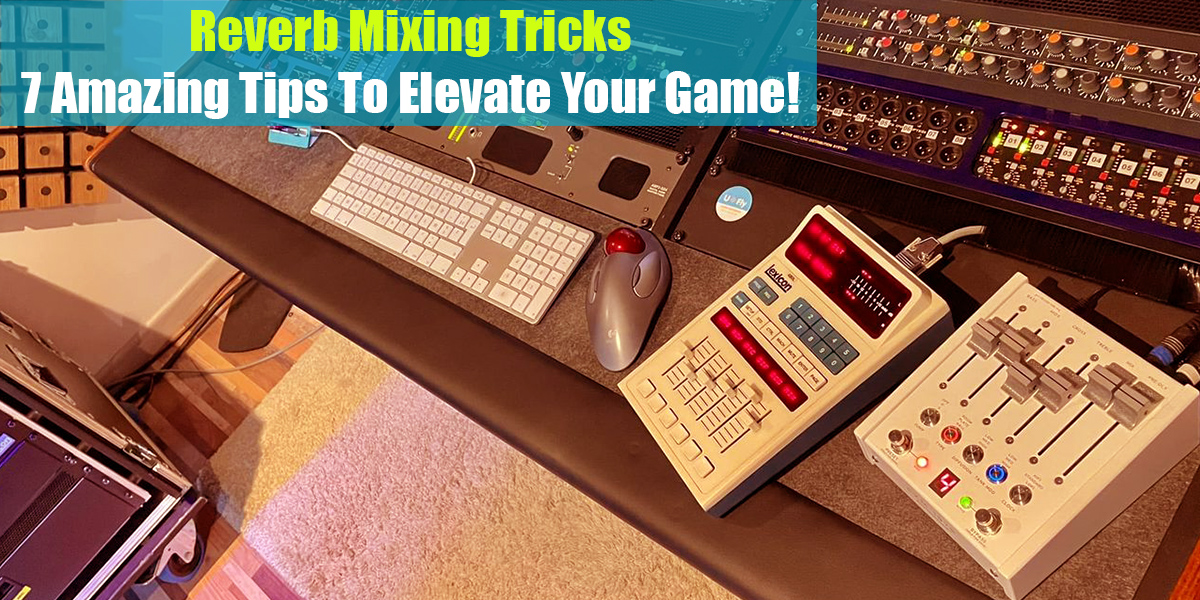Hybrid Mixing Setup
Introduction
Step into the world of hybrid mixing—a cutting-edge approach that blends the warmth of analog gear with the precision of digital technology. Imagine it as owning a high-performance sports car equipped with the latest navigation system.
In this article, I’ll walk you through the exciting realm of hybrid mixing, highlighting its creative potential and the unique advantages it brings. Get ready to elevate your music production and unlock new possibilities for your sound!
Introduction to Hybrid Mixing
As a music producer, I consider hybrid mixing to be an essential part of my workflow. Hybrid mixing blends the best aspects of analog and digital technologies, giving me a more versatile and creative approach to music production.
By combining the warmth and character of analog gear with the precision and flexibility of digital tools, I can create a unique sonic experience that truly enhances the quality of the mix.
This technique is important because it offers endless possibilities for shaping and sculpting sound, ultimately taking the final product to a whole new level.
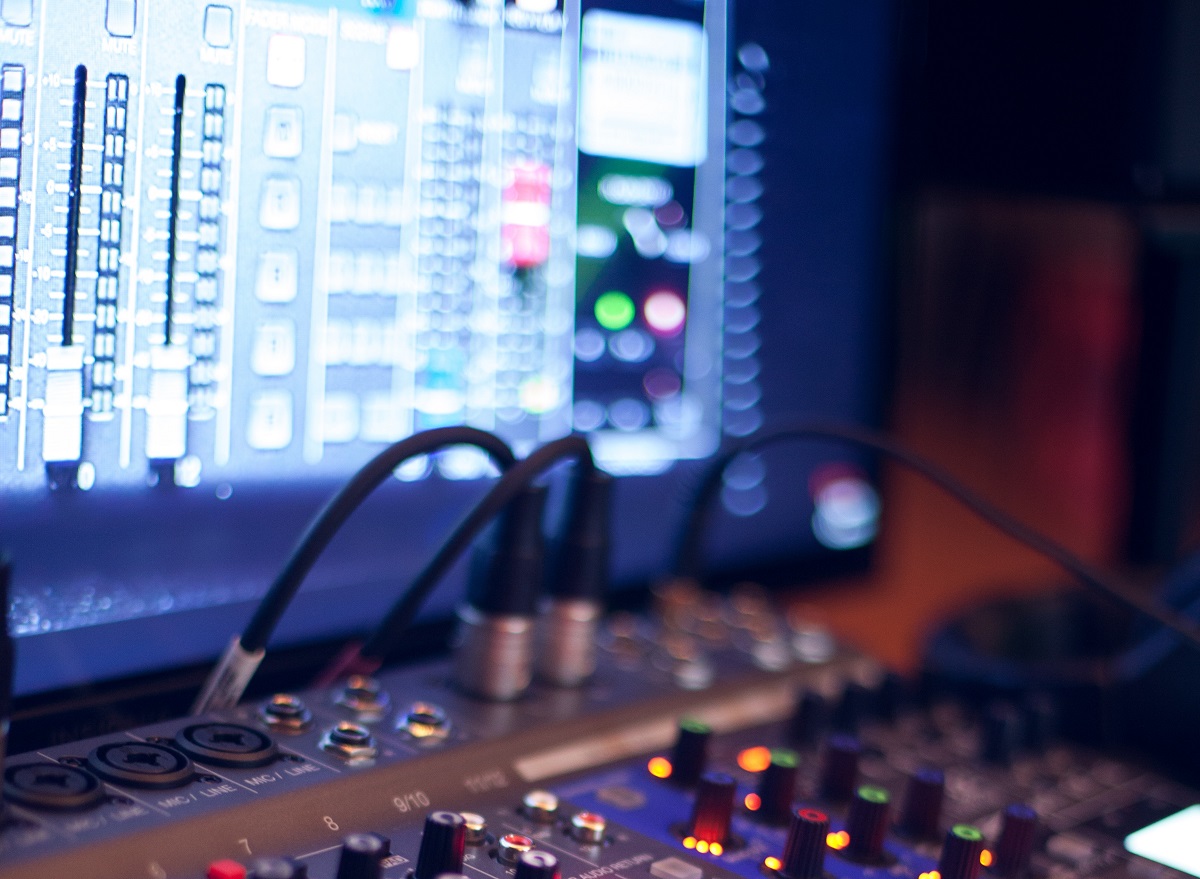
What is hybrid mixing?
I often use hybrid mixing to combine the strengths of both analog and digital techniques, creating a unique and dynamic sound. Here’s why hybrid mixing is becoming so popular among audio professionals:
- Analog Gear: Adding analog gear to a digital setup brings the warm, rich sound that analog equipment is famous for. This gives the audio more depth and character.
- Best of Both Worlds: Hybrid mixing lets us enjoy the convenience and flexibility of digital mixing, while also capturing the sonic qualities of analog gear. It’s the ideal blend of classic warmth and modern technology.
- Studio Setup: With a hybrid setup, we get the best of both worlds in our studio. We can use a digital audio workstation (DAW) for precise control and easy recall, while connecting analog gear like compressors, EQs, and preamps to add extra warmth and color.
- Dynamic Console Experience: Hybrid mixing also allows us to work with a physical console, giving us a tactile and intuitive way to mix. This hands-on approach makes it easier to make real-time adjustments, boosting creativity and workflow efficiency.
Why is hybrid mixing important in music production?
One of the main reasons hybrid mixing is important in music production is that it seamlessly combines analog and digital techniques, resulting in a more dynamic and unique sound.
By bringing together the best of both worlds, hybrid mixing uses the strengths of both analog and digital equipment to enhance the audio production process.
With plugins and processors, digital effects can be added to analog signals, giving producers greater control and flexibility over their sound.
The connection between analog and digital gear creates a smooth workflow, allowing for real-time adjustments and easy experimentation.
This blending of technologies unlocks endless creative possibilities, letting producers explore new sonic landscapes and push the limits of traditional mixing techniques.
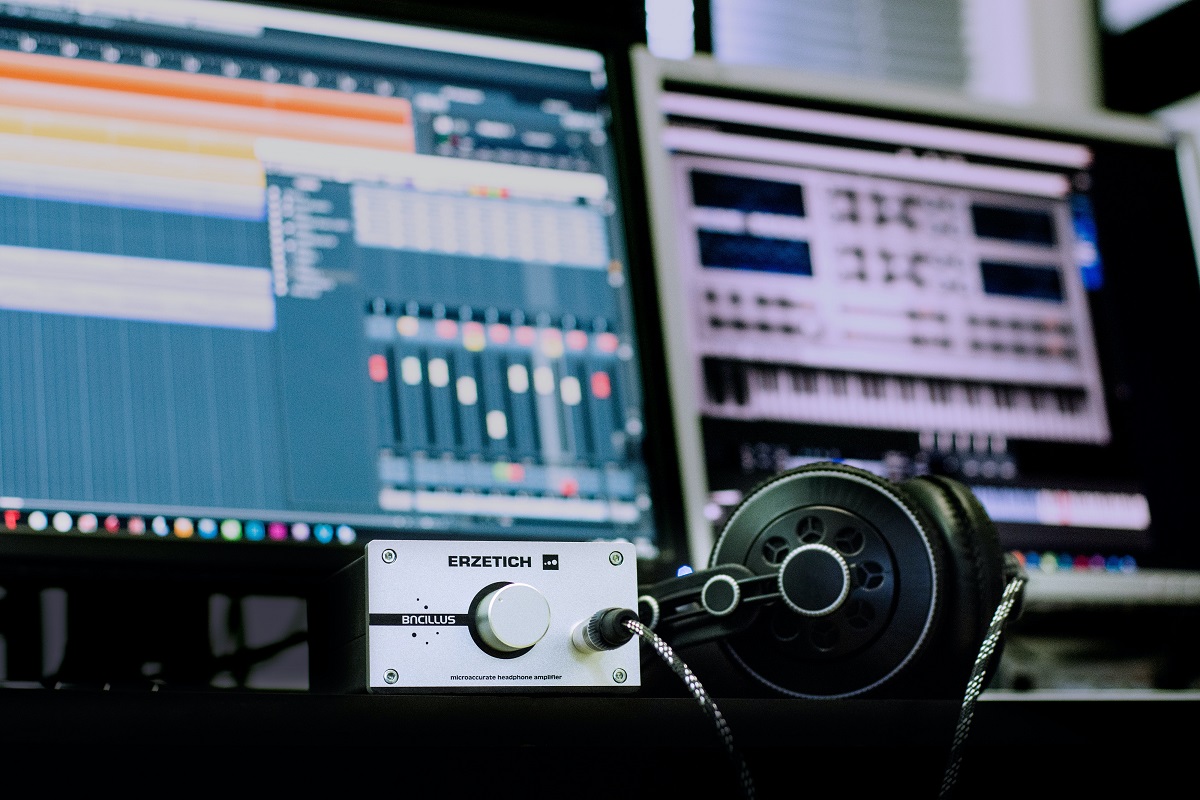
Understanding the Hybrid Mixing Setup
Let’s begin by breaking down the parts of a hybrid mixing setup.
In this type of setup, you use both analog and digital gear to shape your sound just the way you want it.
Components of a hybrid mixing setup
There are several essential components to consider when setting up a hybrid mixing system for optimal audio production. As an audio engineer, I know how important it is to use the right tools to achieve the sound you want. Here are four key components to include in your hybrid mixing setup:
- Inserts: These let you connect external hardware processors to your digital workflow. By routing your analog gear through inserts, you can add warmth and character to your mixes.
- Processing Plugins: Using a range of plugins is crucial for shaping and enhancing your audio. From EQs and compressors to reverbs and delays, plugins offer endless creative options for both music and vocal tracks.
- Compressors: Compressors are a staple in audio engineering. They help control dynamics and add punch to your mix. Whether you use analog or digital compressors, they are vital for achieving professional-sounding results.
- Analog-Digital Tools: Hybrid mixing blends analog and digital technologies. Adding high-quality converters, summing mixers, and analog tape emulations can take your mixes to the next level.
How does hybrid mixing combine analog and digital techniques?
In a hybrid mixing setup, analog gear like compressors, EQs, and preamps are used alongside digital plug-ins and presets. This combination allows the unique sound qualities of analog equipment—such as rich harmonics and subtle saturation—to be incorporated into the mix. The analog gear is typically connected as outboard equipment, enabling real-time adjustments and hands-on control.
Digital processing, on the other hand, offers a wide range of options and precise control over the mix. By harnessing the strengths of both analog and digital techniques, hybrid mixing gives audio engineers a powerful toolkit to master their craft and create innovative, captivating soundscapes.
Advantages of a Hybrid Mixing Setup
Hybrid mixing can really take your music production and mixing skills to the next level. By combining the unique sonic qualities of analog gear with the convenience of the digital world, you get the best of both worlds.
First, the improved flexibility and workflow let me seamlessly blend analog hardware with digital plugins, opening up a huge range of sonic possibilities.
Second, using both analog and digital processing gives me greater control and precision over the sound. This lets me fine-tune every element of the mix exactly the way I want.
Overall, a hybrid mixing setup helps me achieve the sonic character I’m after and deliver a polished, professional-quality mix. I can’t emphasize enough how valuable it is to have the character of analog gear working together with your DAW.
Improved flexibility and workflow
I can achieve greater flexibility and improved workflow with my hybrid mixing setup by using both analog and digital tools. Here’s how:
Seamless Integration: By combining analog hardware with digital software, I can effortlessly blend the best of both worlds. This lets me capture the warmth and character of analog gear while benefiting from the convenience and precision of digital tools.
Enhanced Control: With my hybrid setup, I have more control over my mix. I can easily adjust and fine-tune parameters in real time, making on-the-fly changes to get the sound I want. This level of control allows me to experiment and explore creative options without limitations.
Efficient Workflow: The hybrid approach streamlines my workflow. I can quickly recall settings, automate processes, and work more efficiently. This saves me time and lets me focus on the creative side of mixing instead of getting caught up in technical issues.
Limitless Options: By combining analog and digital tools, my hybrid setup gives me access to a vast selection of plugins, effects, and processing options. This opens up endless possibilities, helping me push my creativity further and take my mixes to new heights.
Enhanced sonic possibilities
With a hybrid mixing setup, I can blend the warmth of analog gear with the precision of digital tools to unlock limitless sonic possibilities. By combining both the analog and digital worlds, I’m able to capture the unique sound qualities that each one offers.
For example, when working with drums, I use analog compressors and EQs to add warmth and character to each drum track. Then, in the digital realm, I use precise plugins to further shape the stereo balance and refine the overall mix.
This approach lets me achieve a perfect blend of the organic sound from analog gear and the detailed control of digital tools. With the right audio interface, I can move seamlessly between the two realms, experimenting with different combinations and pushing the boundaries of sonic creativity.
Greater control and precision
This combination lets me explore creative possibilities while keeping my workflow efficient.Here’s how my hybrid setup improves my mixing process:
Rack-mounted analog compressors:
- These analog compressors add warmth and character to the mix.
- They offer both subtle and aggressive dynamic control, with precise adjustments.
Hands-on control:
- With physical knobs and faders, I can directly shape the sound using my analog gear.
- This tactile experience boosts my creative flow and helps me make quick decisions.
Digital flexibility:
- By using digital plugins and software, I can dig into the details of the mix.
- I can fine-tune adjustments and experiment with different sonic textures, all within the digital domain.
Efficient workflow:
- Blending analog and digital tools gives me the best of both worlds.
- This setup streamlines my process, helping me achieve the sound I want quickly and effectively.
With my hybrid mixing setup, I can push creative boundaries while maintaining precision and control at every stage. This mix of analog and digital tools opens up endless possibilities and lets me deliver innovative, impactful audio experiences.
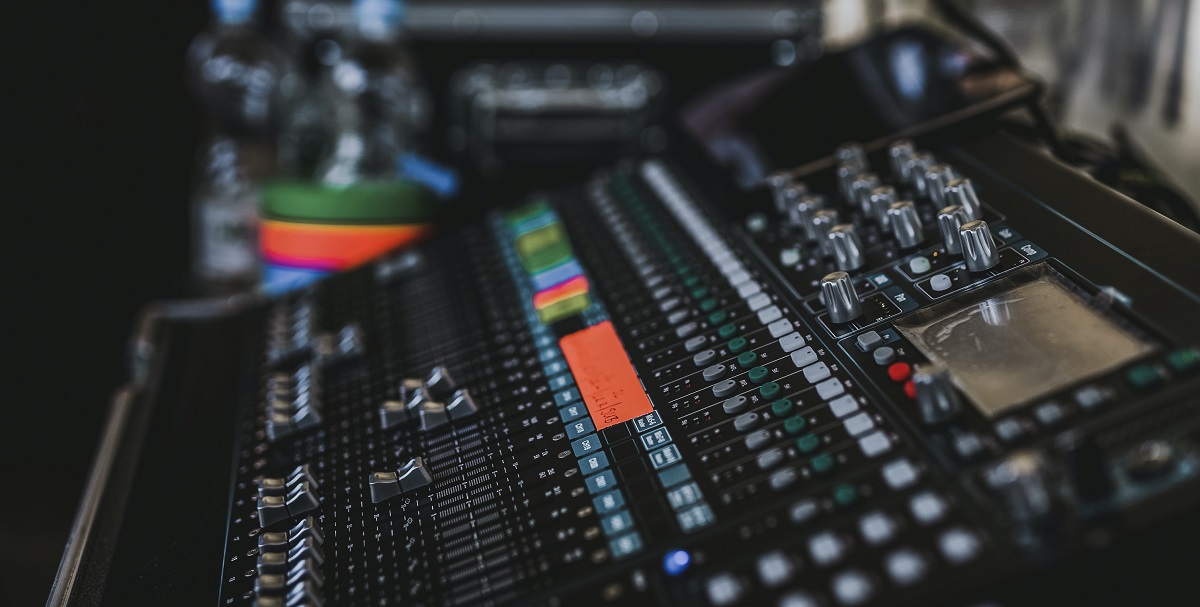
Setting up a Hybrid Mixing Setup
When setting up a hybrid mixing setup, the first step is to choose a digital or analog mixer that fits your needs. Consider important factors such as the number of inputs and outputs, send and return capabilities, AUX connections, built-in effects, and various connectivity options.
After selecting your mixer, the next step is to connect your hardware and software components, making sure they communicate and work together smoothly. This can be done using MIDI or other compatible protocols.
Using an analog equalizer for multiple tracks lets you shape your sound with precision and detail. This enhances your mixing process and makes it easier to edit and refine your music flexibly.
Keep in mind that setting up a hybrid system may involve a learning curve and extra costs, but the creative possibilities it opens up make it well worth the effort.
Choosing the right digital/analog mixer
I love the versatility of a hybrid mixing setup, where I can choose between digital and analog mixers to enhance my creative process.
It’s amazing how technology has advanced, giving us so many options for mixing and producing music.
When it comes to choosing the right digital or analog mixer for my setup, I consider a few key factors:
- Compatibility: Making sure the mixer works well with my existing equipment and software is essential for smooth integration.
- Workflow: I look for a mixer that streamlines my workflow and makes it easy to navigate different channels and effects.
- Sound Quality: The right mixer should deliver pristine audio, helping me achieve the exact sound I want.
- Flexibility: Having the option to switch easily between digital and analog processing gives me the freedom to explore endless creative possibilities.
Integrating hardware and software
Having the right equipment for my hybrid mixing setup lets me seamlessly blend hardware and software, giving me endless opportunities for creative exploration.
By combining hardware and software, I can take advantage of the strengths of both worlds and push the boundaries of my creativity.
Hardware gives me tactile control and a hands-on feel, while software provides a wide range of digital tools and effects.
This integration allows me to blend analog warmth with digital precision, resulting in a unique and dynamic sound.
I can experiment with different signal chains, layer effects, and manipulate audio in ways that were once impossible.
The synergy between hardware and software in my setup unlocks a world of creative possibilities, empowering me to create truly innovative and captivating music.
Using analog EQ for multiple tracks
By using analog EQ across multiple tracks, I can create a mix that feels cohesive and balanced, while adding warmth and character to every element. In my hybrid mixing setup, I blend the best of both analog gear and digital tools to unlock unique sonic qualities and push the boundaries of creativity.
Here are four reasons why using analog EQ on multiple tracks is a game-changer:
- Enhanced sonic depth: Analog EQ brings a richness and depth to the sound that digital EQs often can’t quite match.
- Precise control: Analog EQ gives me fine control over shaping the frequency of each track, helping me carve out space and make every element fit perfectly in the mix.
- Harmonic coloration: Analog EQs naturally add subtle harmonics, bringing life and character to every track.
- Endless experimentation: Analog EQs encourage experimentation, inspiring me to explore new sonic possibilities and discover unique tonal combinations.
Session recall and automation
To streamline my hybrid mixing setup, I rely on session recall and automation, which help ensure a consistent and efficient workflow.
Session recall lets me save and instantly recall all the settings for each track, plugin, and hardware unit in a mix. This is essential for maintaining consistency between projects and allows me to quickly recreate the exact sound I achieved before.
Automation, meanwhile, gives me the power to create dynamic and expressive mixes. By automating parameters like volume, panning, and plugin settings, I can add movement and emotion to my mixes. This precise control helps me shape the sound and craft engaging mixes that truly captivate the listener.
Combining hybrid mixing, session recall, and automation opens up a world of creative possibilities.
Learning curve and additional costs
I’m experiencing a steep learning curve and facing some extra costs as I set up my hybrid mixing setup. However, the creative possibilities that come with this approach make it all worthwhile.
Here are four key things I’ve learned during this process:
- Integration of Analog and Digital: A hybrid mixing setup lets me blend the warmth and character of analog gear with the flexibility and precision of digital tools.
- Workflow Optimization: Although the learning curve is challenging, once I get comfortable with my setup, it streamlines my workflow and boosts my efficiency.
- Expanded Sound Palette: Combining analog and digital processing opens up a whole new world of sonic possibilities, allowing me to create unique and innovative sounds.
- Investment in Quality Gear: While there are extra costs involved in buying analog gear, the improved audio quality and creative potential it brings make the investment worth it.
Overall, despite the initial challenges and expenses, my hybrid mixing setup broadens my creative horizons and empowers me to push the boundaries of my sound.
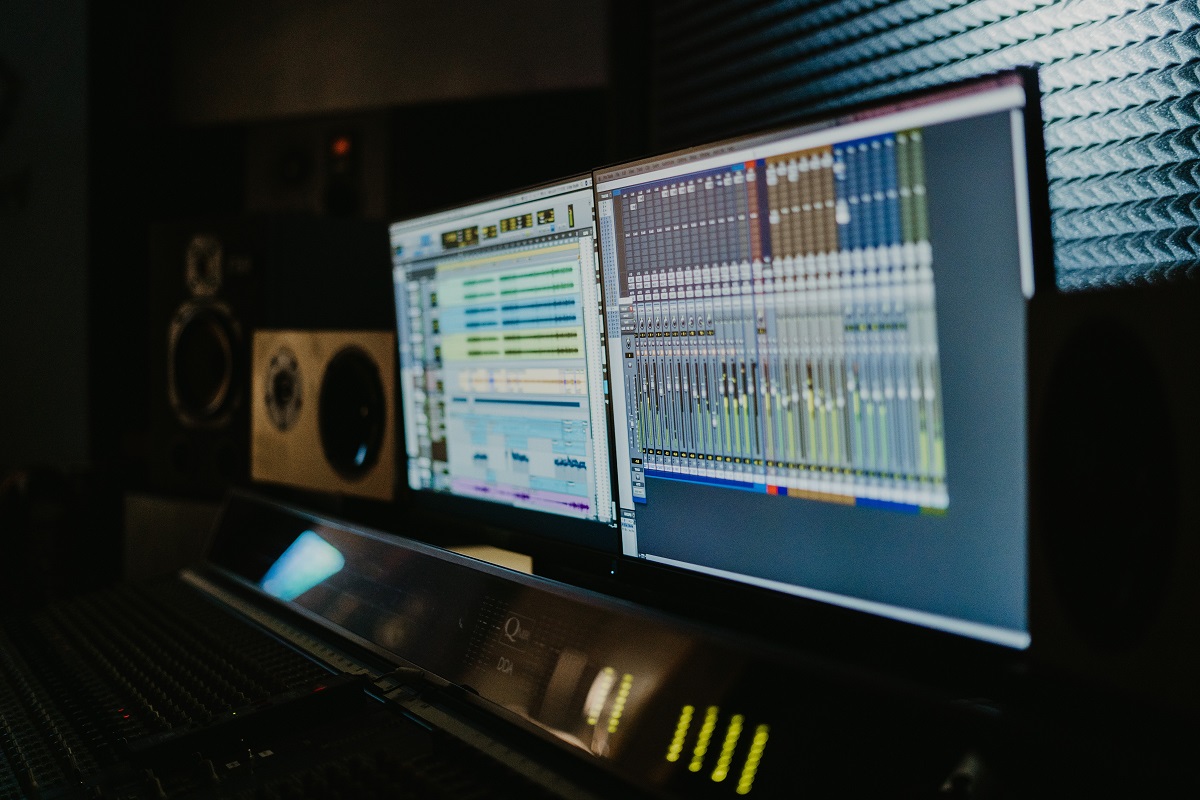
Frequently Asked Questions
Are there any potential compatibility issues between analog hardware and digital software that users should be aware of when setting up a hybrid mixing system?
Yes, there can be potential compatibility issues between analog hardware and digital software in a hybrid mixing system. These issues may arise from differences in signal levels, impedance mismatching, or clocking discrepancies between the analog and digital components. It’s essential for users to research compatibility, use appropriate interfacing equipment like audio interfaces or converters, and ensure proper grounding to minimize these issues.
How can producers ensure seamless communication and control between analog and digital components in a hybrid mixing setup?
Producers can ensure seamless communication and control between analog and digital components in a hybrid mixing setup by employing MIDI or other control protocols. This allows for synchronized operation between hardware and software, facilitating tasks such as parameter adjustments, session recall, and automation. Additionally, using dedicated control surfaces or hardware controllers compatible with the digital audio workstation (DAW) can enhance tactile control over digital parameters, further improving workflow efficiency.
What are some common challenges or pitfalls that beginners might encounter when transitioning to a hybrid mixing setup?
When transitioning to a hybrid mixing setup, beginners may encounter common challenges such as grappling with the learning curve associated with integrating analog hardware and digital software. Understanding the functionalities of both systems and how they interact requires time and effort.
Are there any specific techniques or best practices for incorporating analog EQ for multiple tracks effectively in a hybrid mixing environment?
Incorporating analog EQ for multiple tracks effectively in a hybrid mixing environment involves utilizing best practices such as proper gain staging, frequency management, parallel processing, and session recall. By carefully adjusting settings and experimenting with different techniques, producers can achieve a cohesive and balanced mix while preserving the original character of each track.
Conclusion
In conclusion, a hybrid mixing setup offers countless creative possibilities for audio engineers and producers to explore.
By combining analog and digital tools, this approach gives you precise control over sound and enables you to craft unique, innovative mixes.
The irony is that, even though technology now provides endless options, true artistry comes from how you use these tools to create something truly extraordinary.

